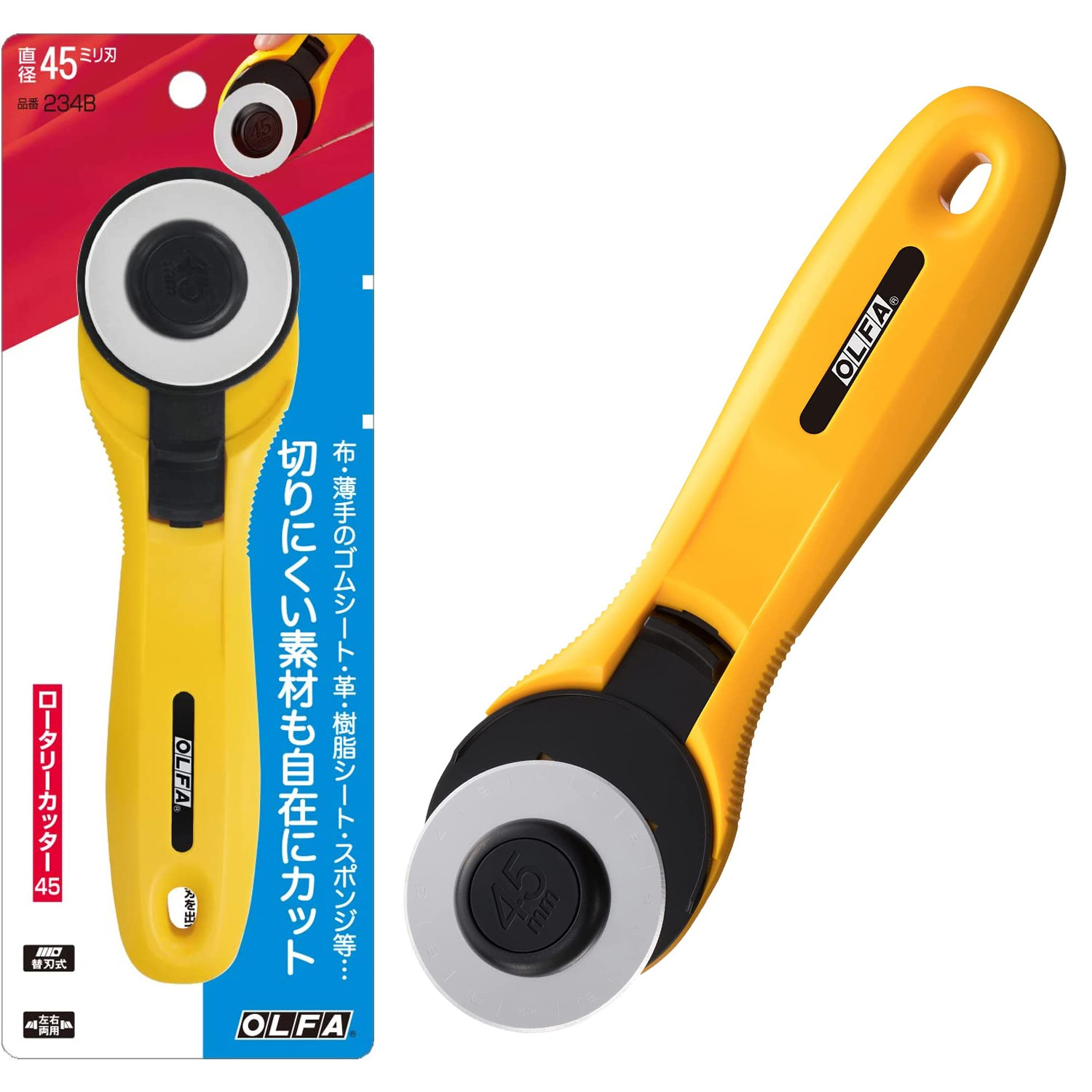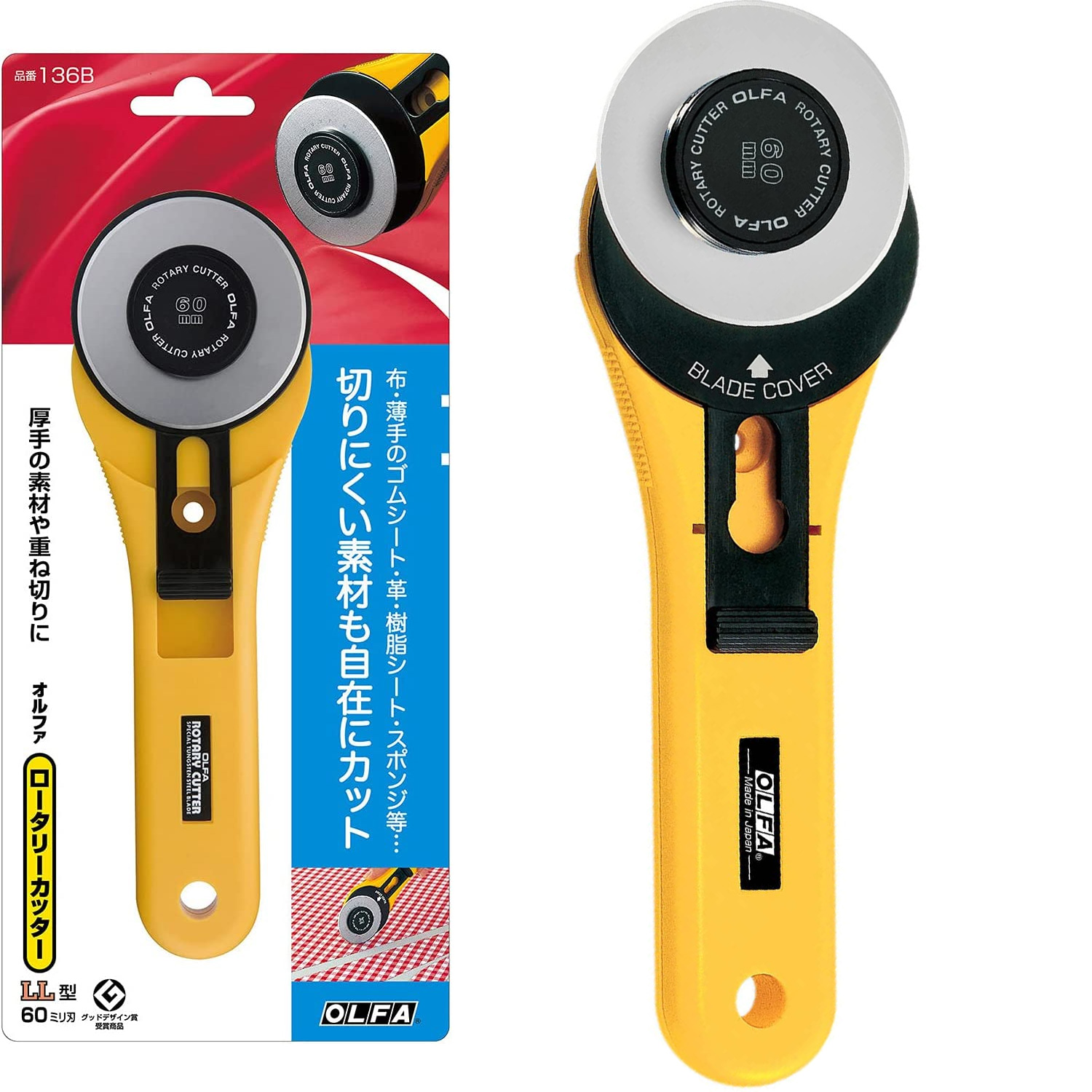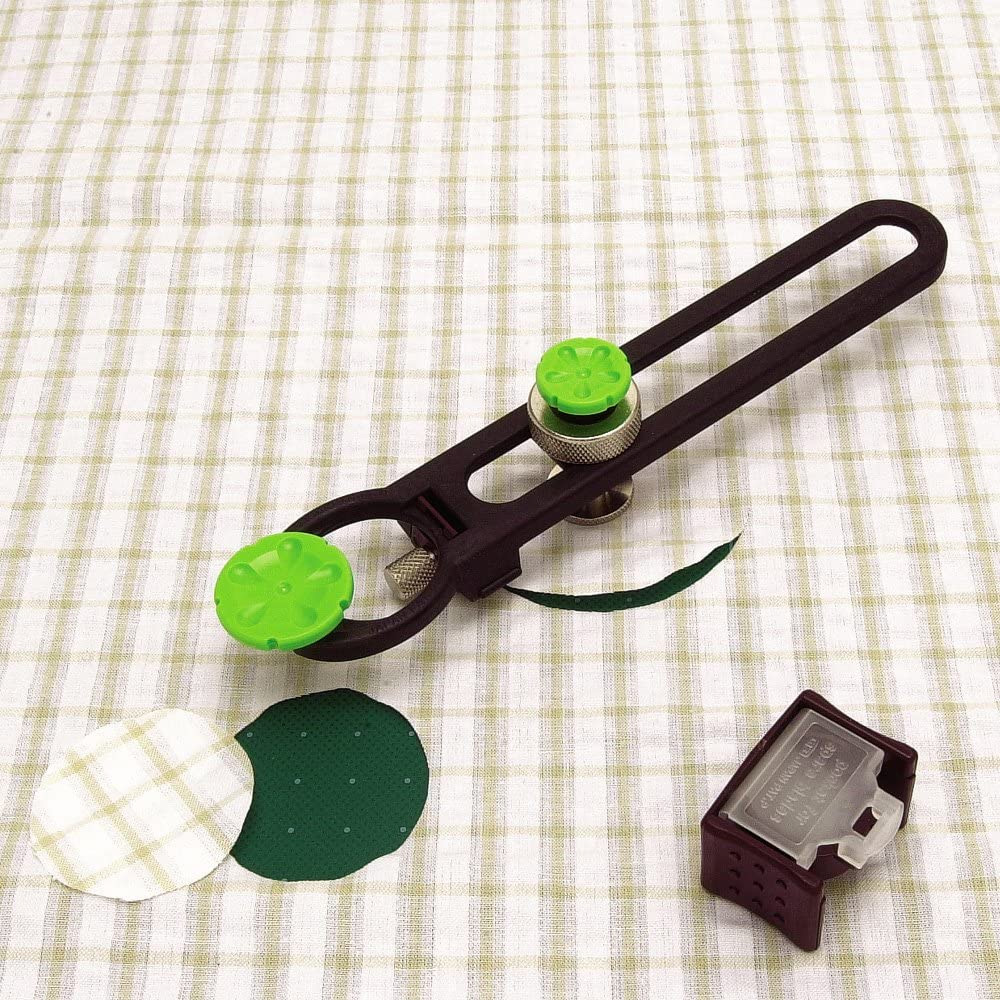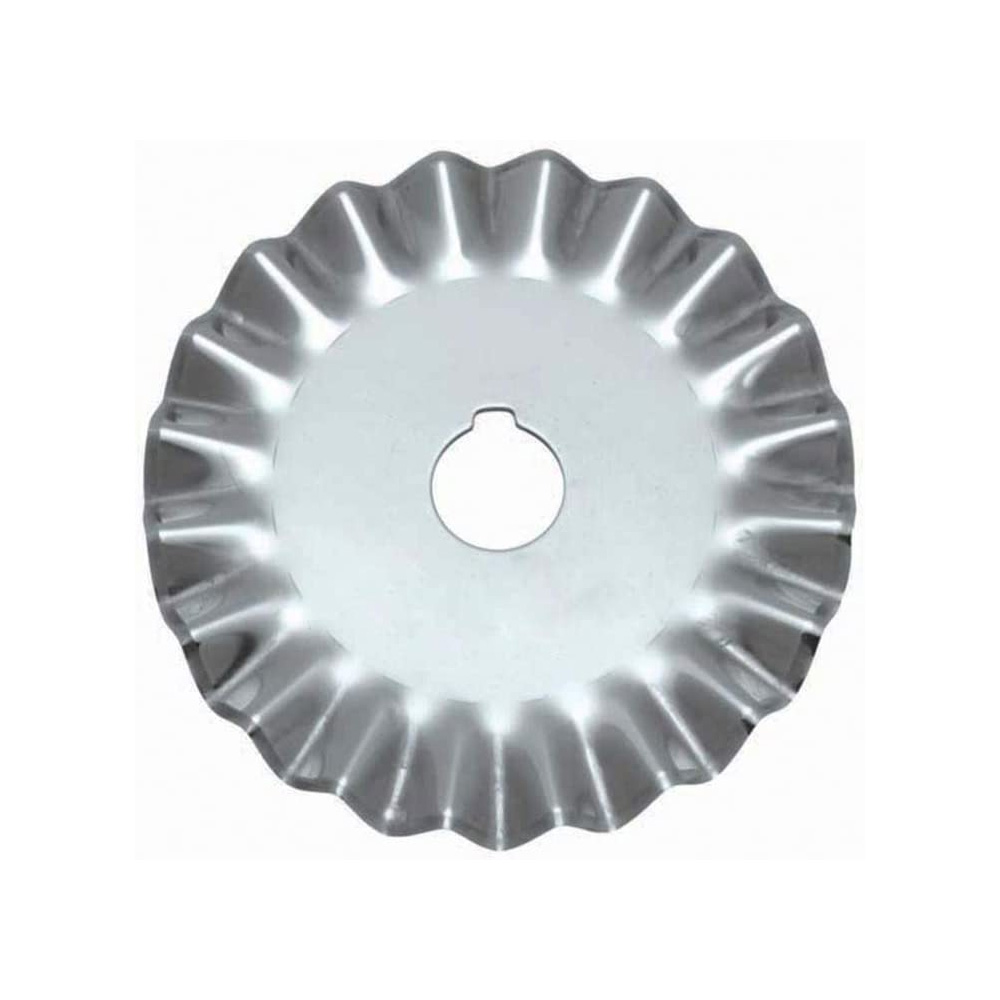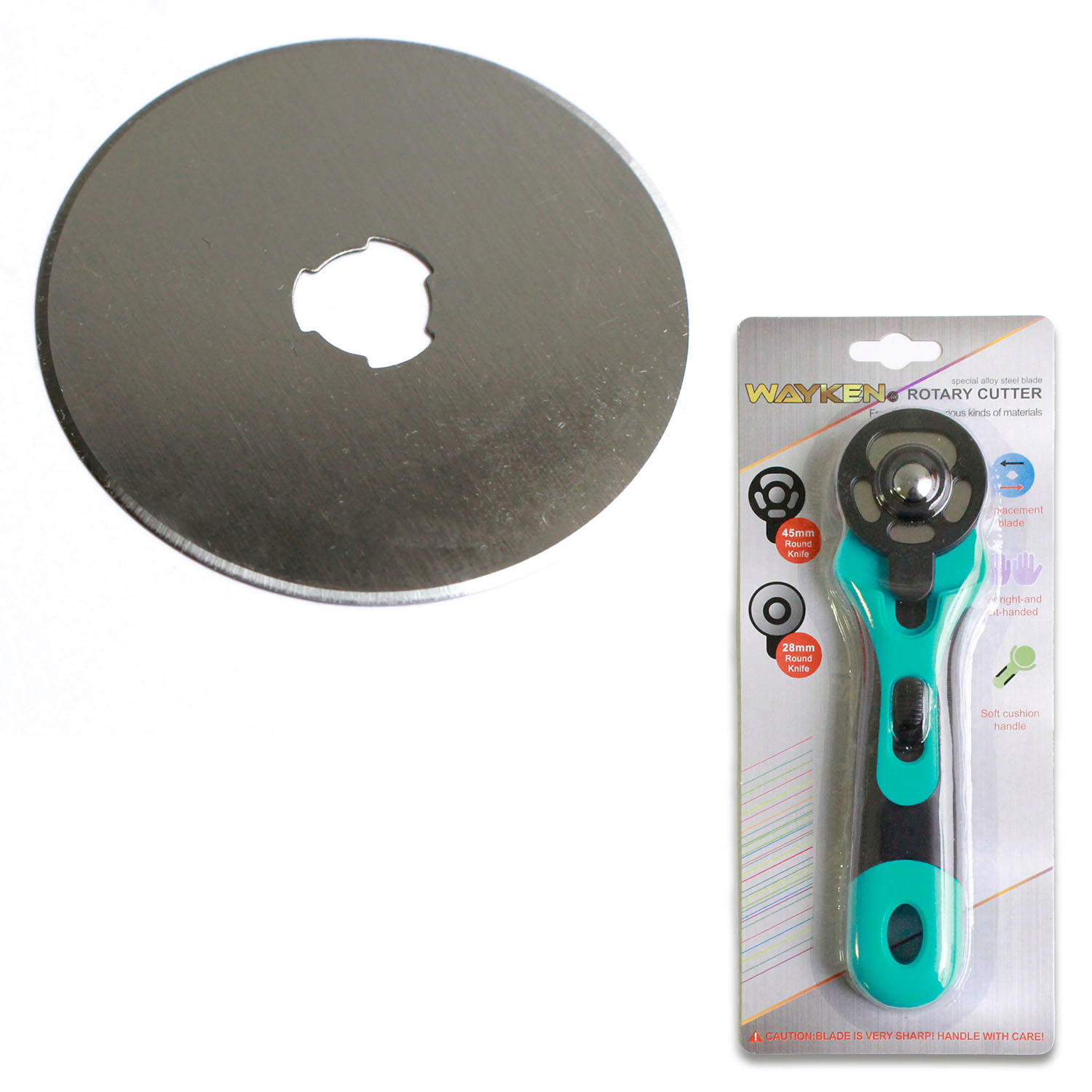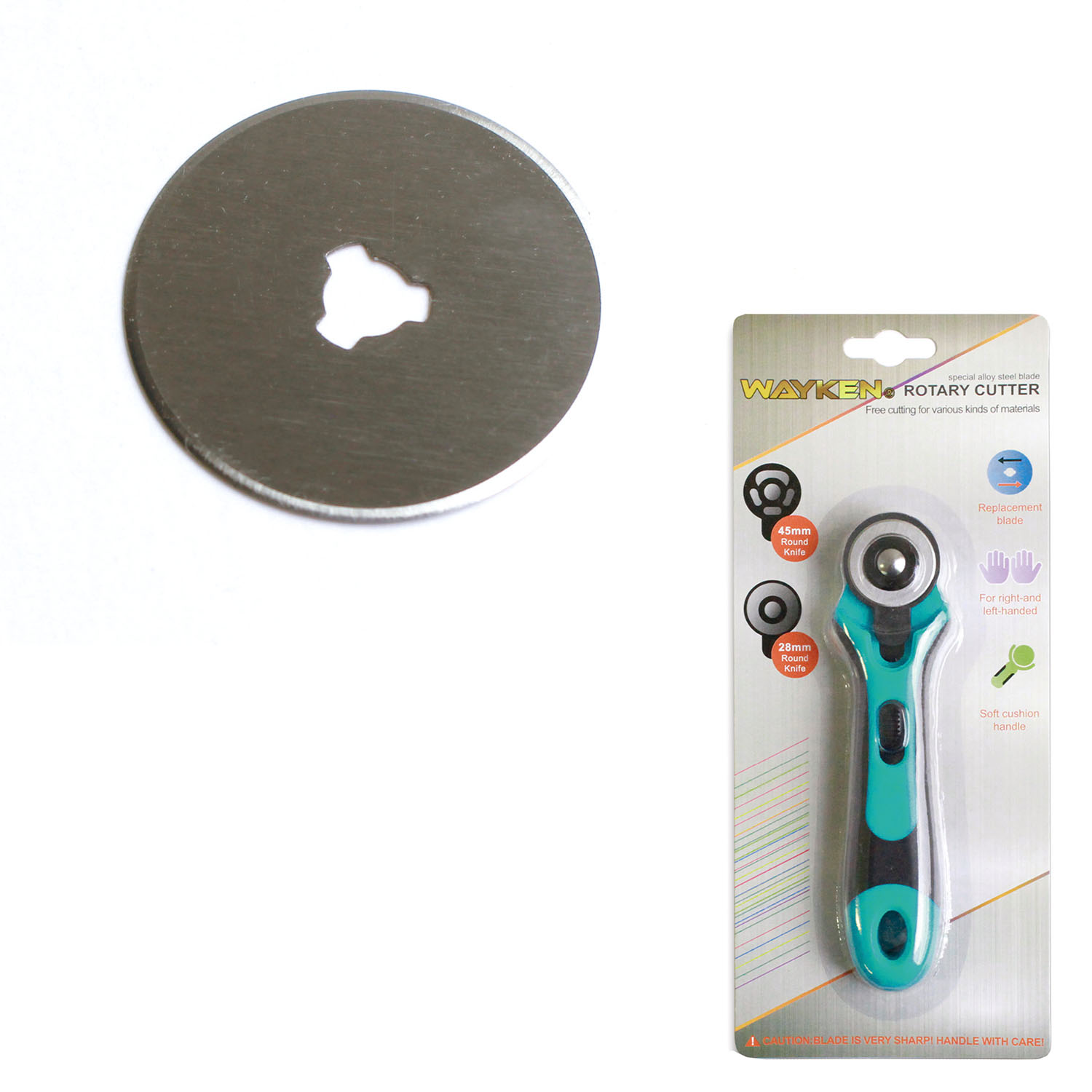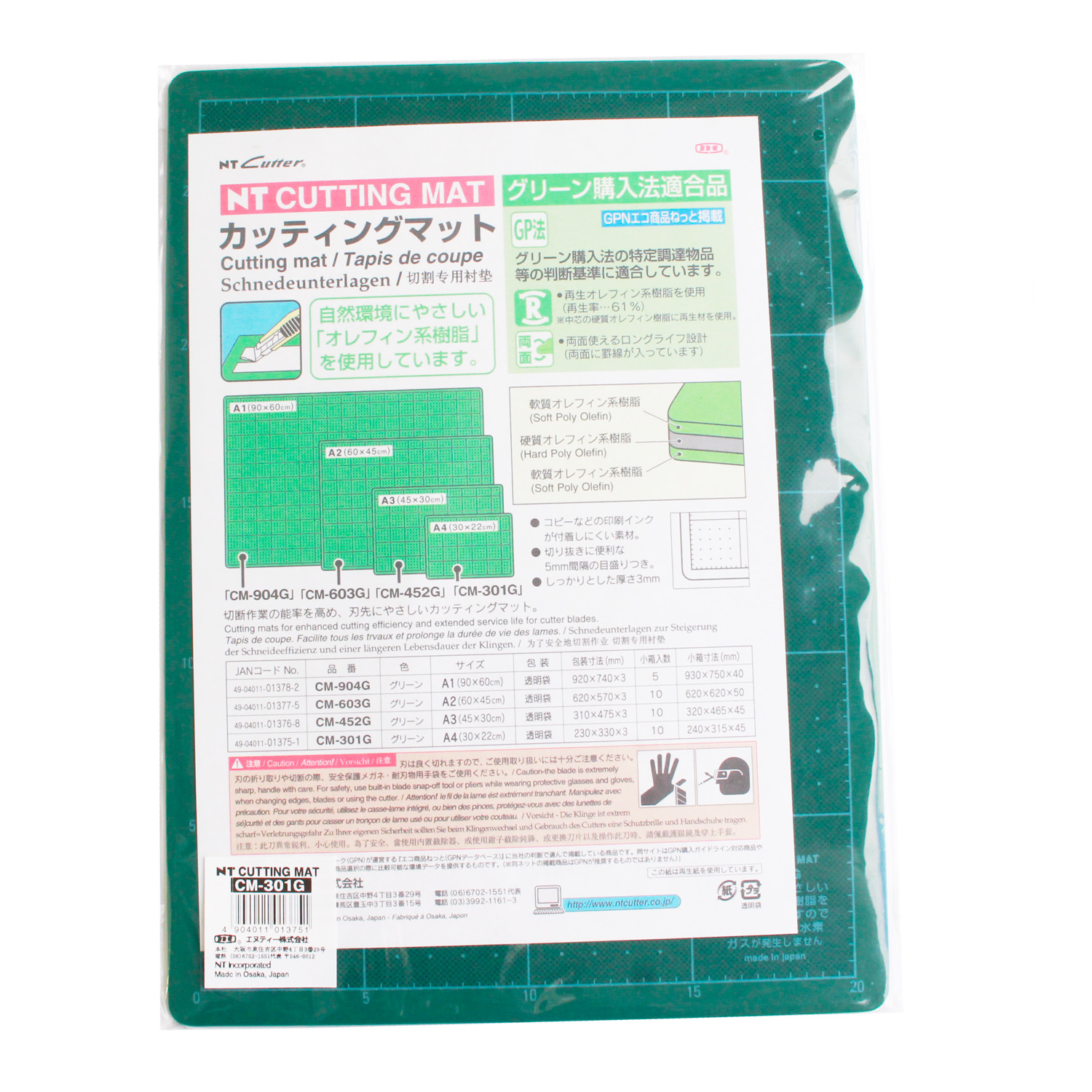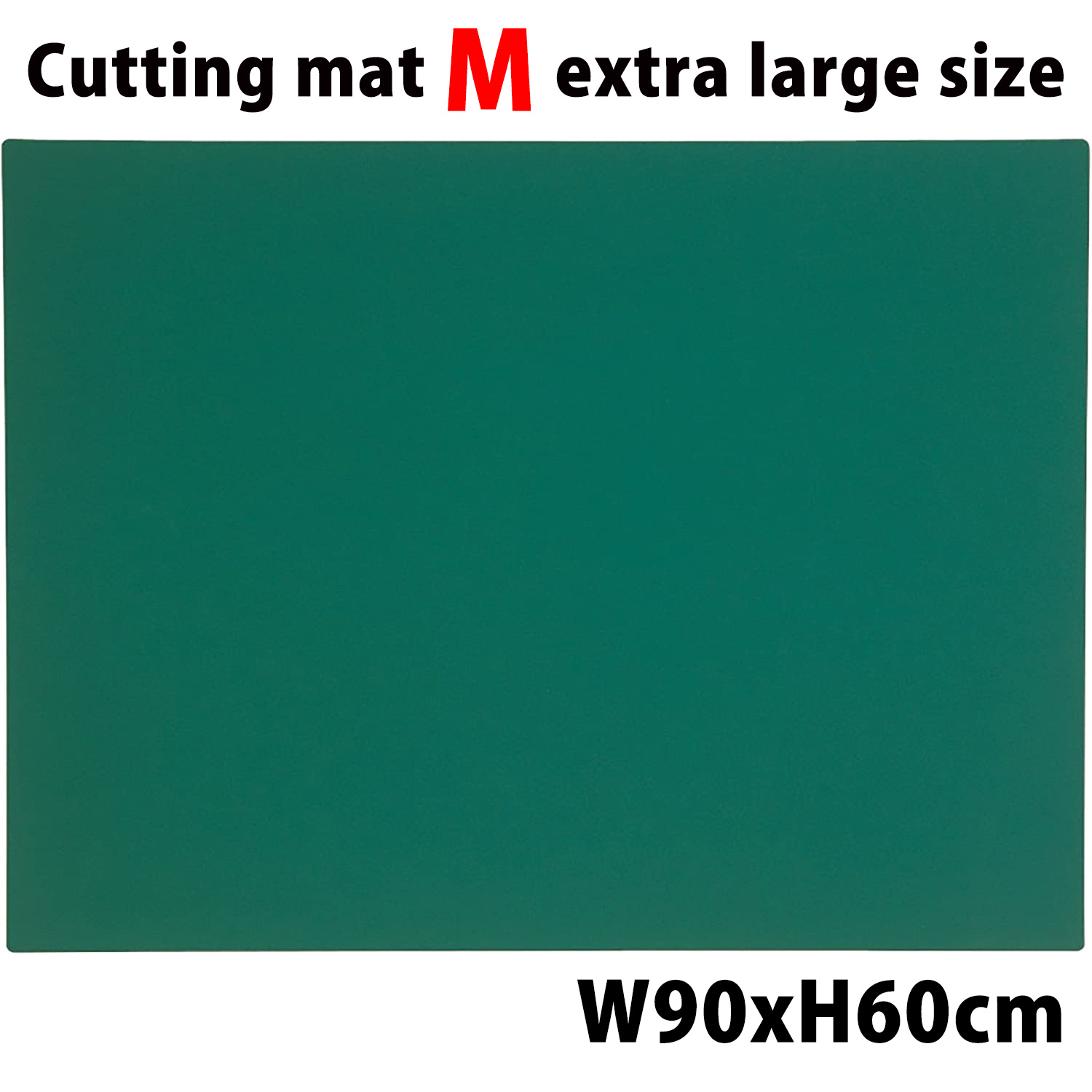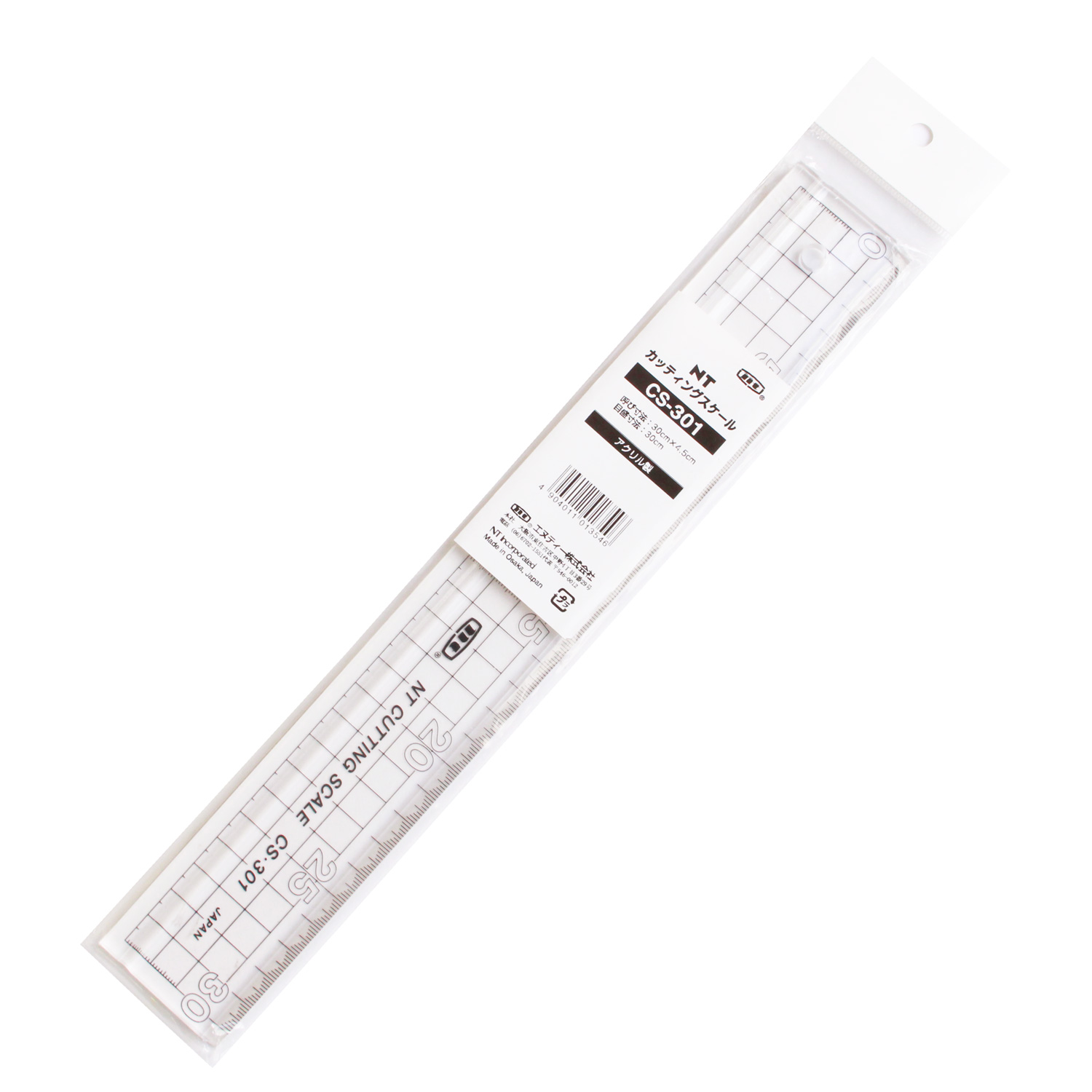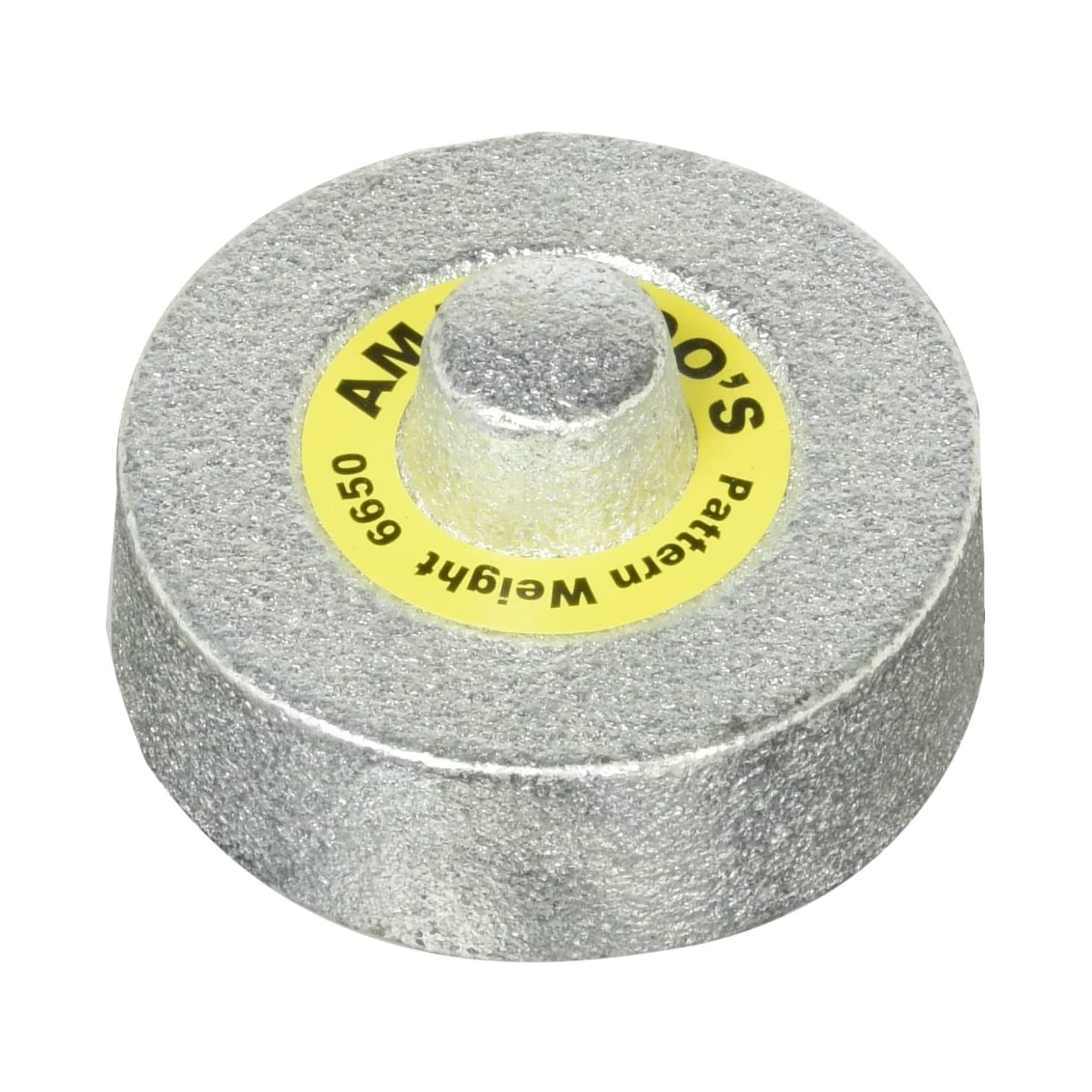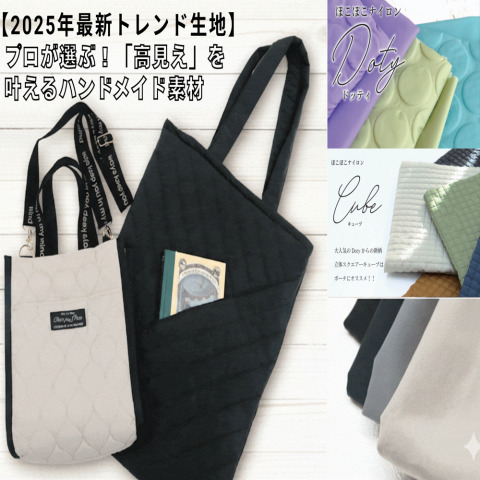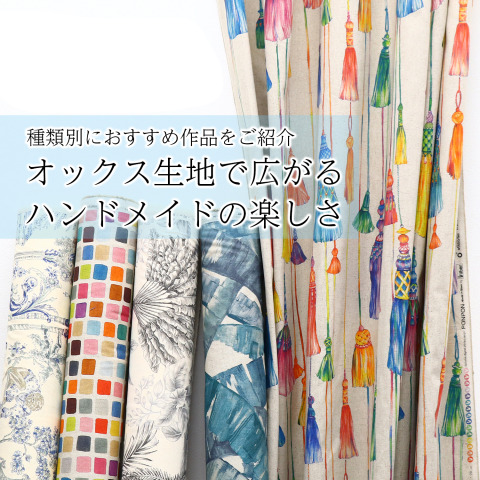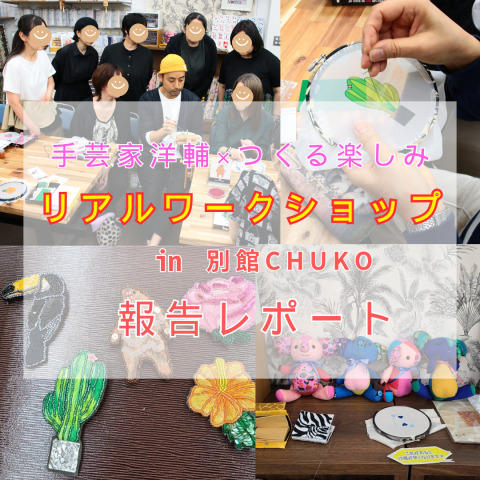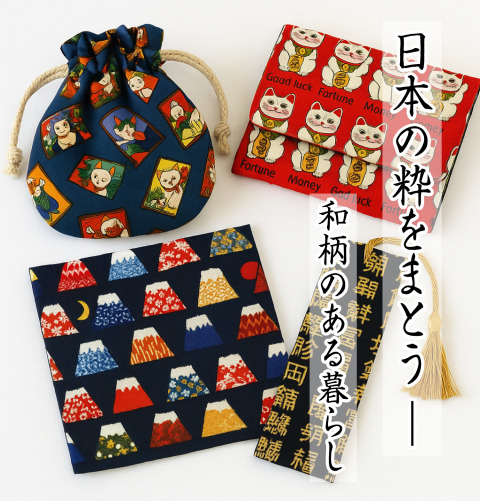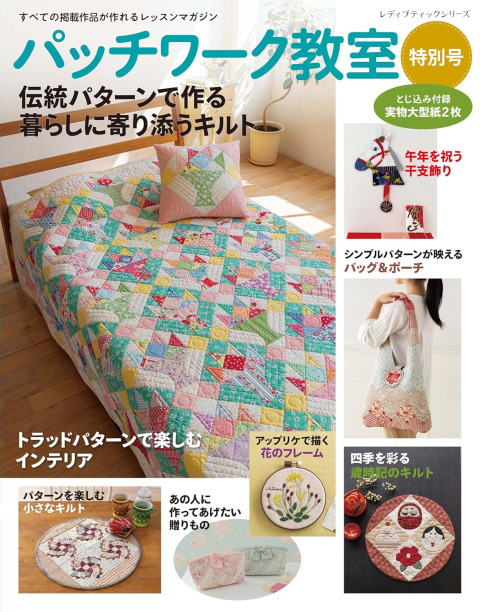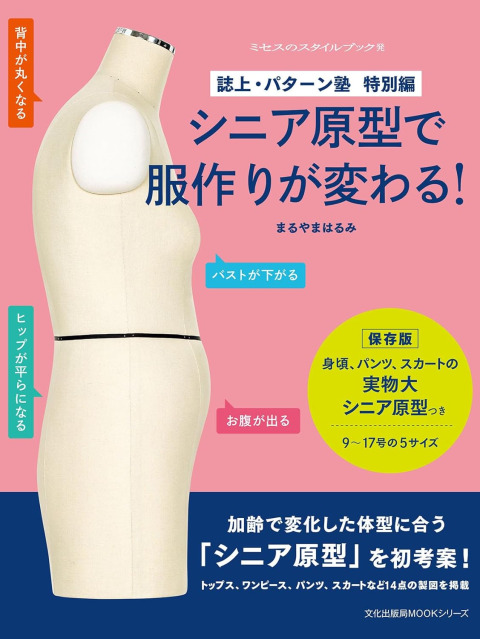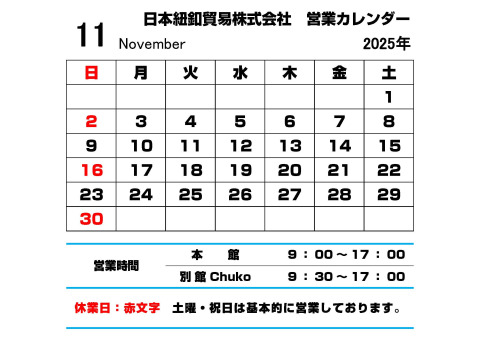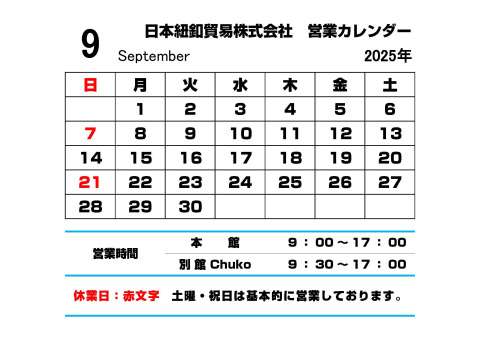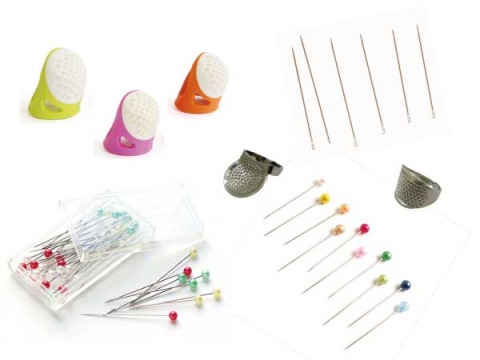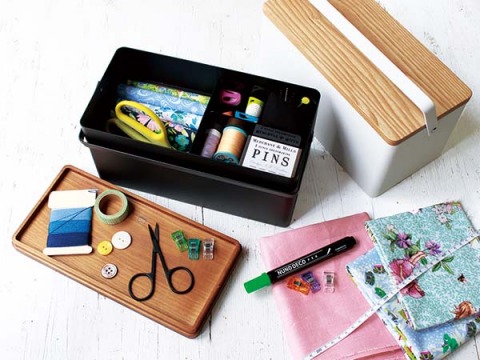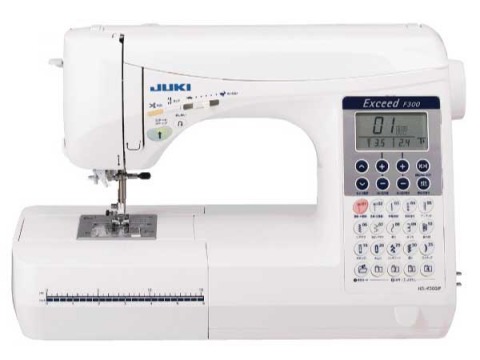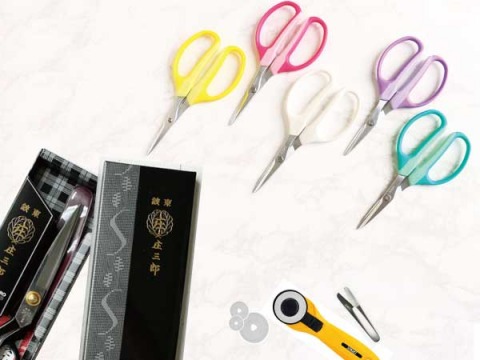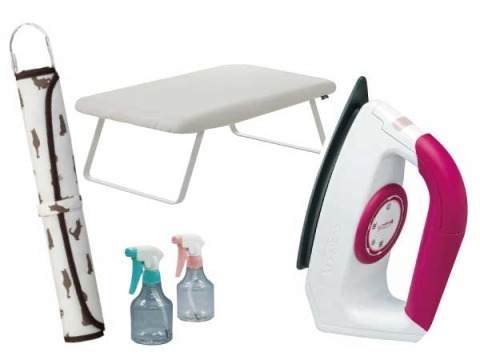Hello, everyone!
Today, we’d like to introduce the rotary cutter from our Main Building 4F section.
If you enjoy making patchwork or quilt projects, this might be a familiar tool for you!
In this post, we’ll talk about how to choose a rotary cutter, how to use it, and share some handy tips and recommended tools that make your work even easier.
目次
- About Rotary Cutters
- Rotary Cutter Blade Sizes
- About Rotary Cutter Blades
- Uses of the Rotary Cutter
- Cutting Fabric with a Rotary Cutter!
- Tools to Use Together with a Rotary Cutter!
- Rotary Cutter Tips! Things to Keep in Mind When Using Your Rotary Cutter
- Using a Rotary Cutter for Patchwork, Crafts, and Sewing
About Rotary Cutters
A rotary cutter is a type of cutter with a round blade that rolls to cut fabric — a bit like a tracing wheel used in sewing.
By rotating the circular blade as you cut, you can make clean, smooth cuts along both straight and curved lines.
At first, it might take a little practice to get used to how it feels compared to regular sewing scissors. You may find it needs a slightly different touch!

However, rotary cutters are loved by many makers because they let you cut fabric precisely without the pattern shifting, and they make the whole process faster and easier.
They’re also great when cutting multiple layers of fabric — since you can keep the fabric flat on your cutting mat, hold the ruler in place, and cut without things slipping.
In this article, we’ll focus on using rotary cutters for cutting fabric and cloth, but they’re also very handy for cutting paper, film, and other sheet materials too!
How a Rotary Cutter Works
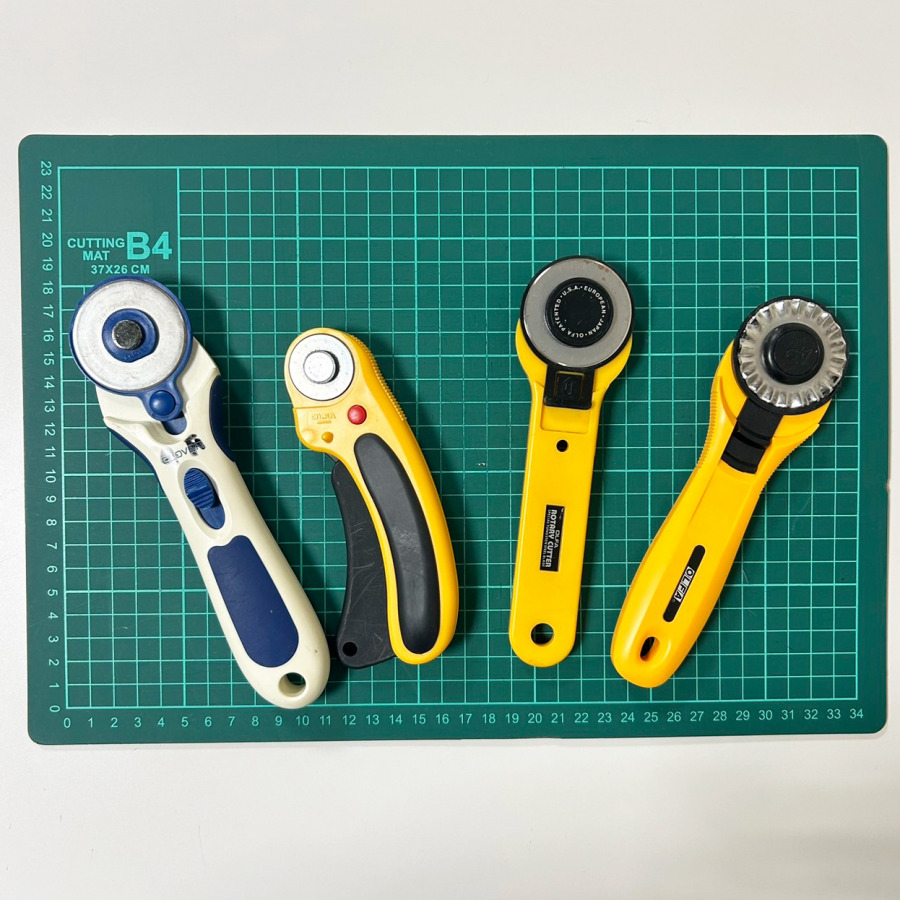
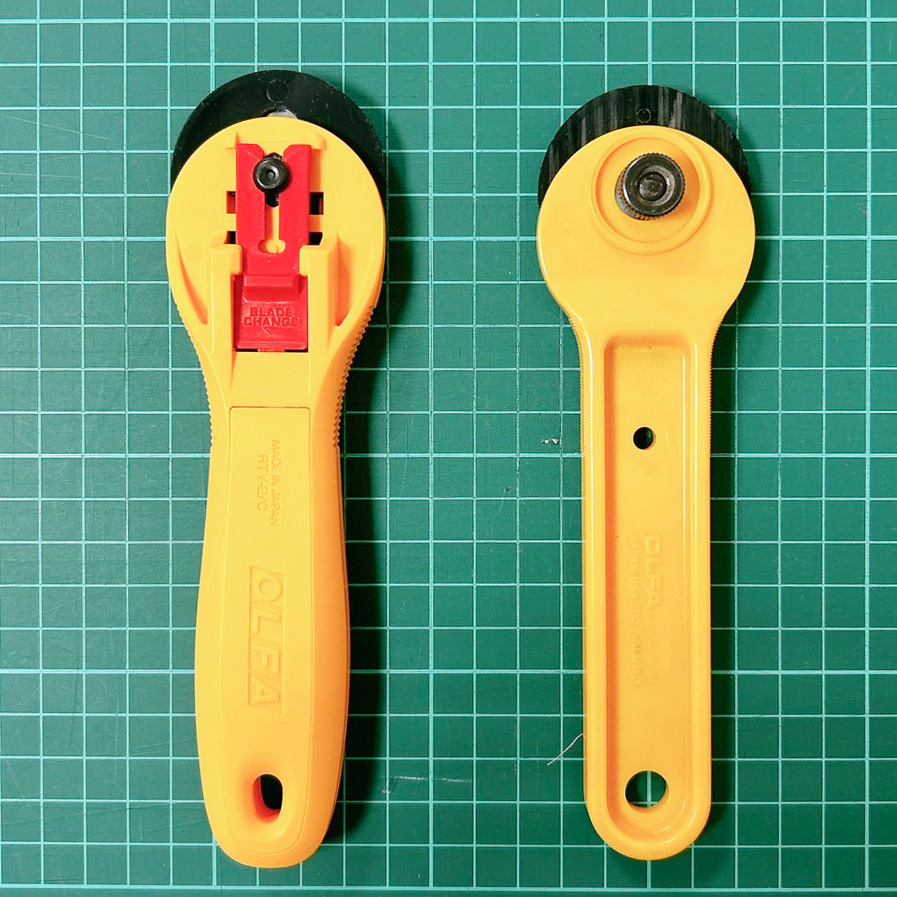
The rotary cutter blade is attached to the main body with screws, nuts, and washers.
Some models also come with a safety lock feature, which helps prevent accidents while using or storing the cutter.
Check for Safety Features, Too!
Since rotary cutters have sharp blades, it’s important to check whether the model you choose has built-in safety features.
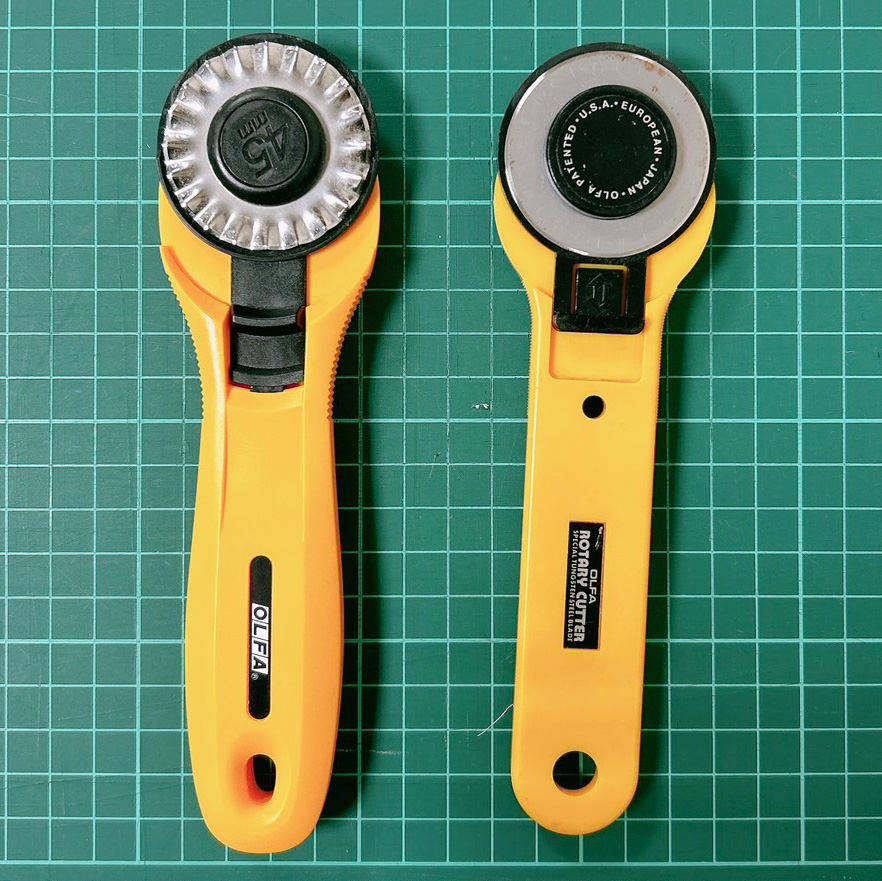
One of the most common types is the slide-lock system.
With this type, you slide the cover open to expose the blade when cutting, and close the cover when you’re done.
This helps protect the blade — and your hands — when storing the cutter.
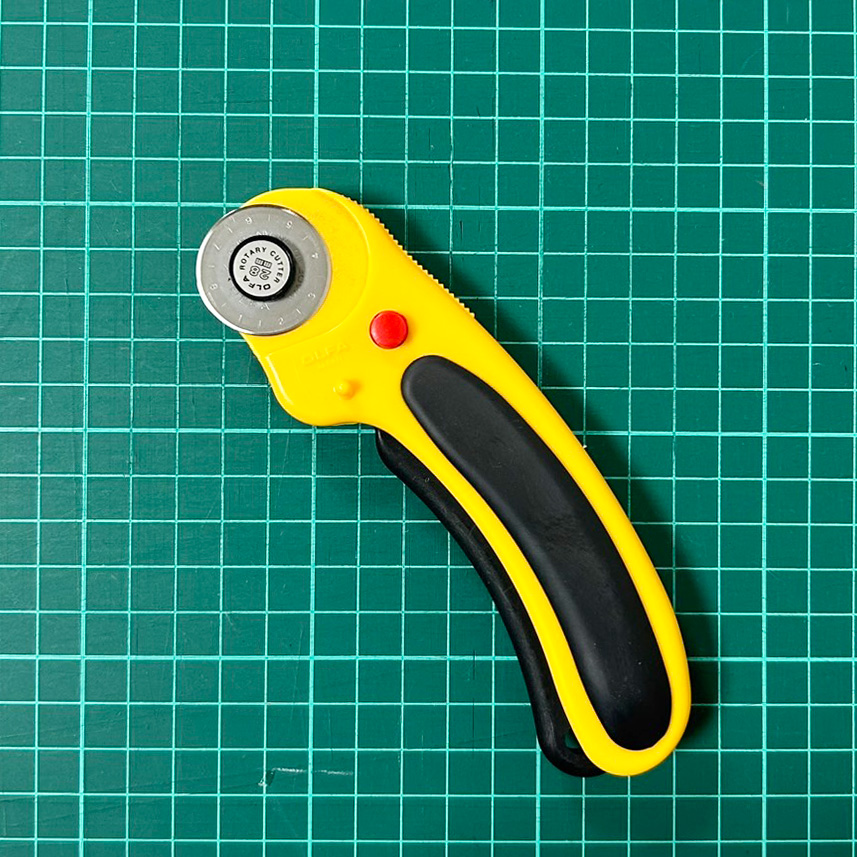
There’s also the grip-type rotary cutter.
For this kind, the blade comes out only when you squeeze the handle.
When you release your grip, the blade automatically retracts, reducing the risk of accidental cuts or children mishandling it.
Another variation is the safety-lock type, which includes a locking button that keeps the blade in a fixed position.
This prevents the blade from popping out unexpectedly, making it even safer to use and store.
Ambidextrous Types Make Cutting Easier for Left-Handed Users!
If you’re left-handed, we recommend using an ambidextrous rotary cutter — it’s much easier and more comfortable to use without any stress.
When left-handed users try to work with a right-handed rotary cutter, the blade can be hard to see, making smooth cutting difficult and lowering work efficiency.
With an ambidextrous type, you won’t have to worry about poor visibility or awkward handling, so it’s safer and smoother to use.
By the way, rotary cutters from Clover and KAWAGUCHI are both ambidextrous types,
so even left-handed users can use them with confidence!
Rotary Cutter Blade Sizes
Rotary cutter blades come in many different sizes.
That’s because you can choose the best one depending on the size and thickness of the material you want to cut.
Blades 28mm and Smaller — Perfect for Detailed Work!
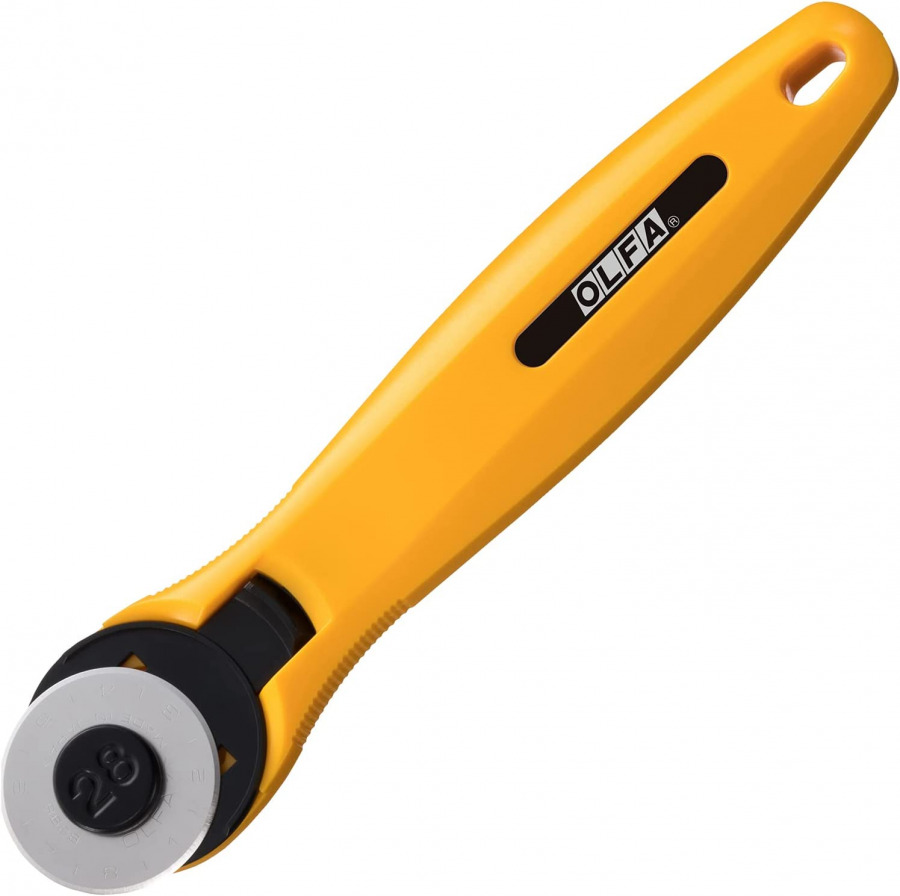
Rotary cutters with blades 28mm or smaller are great for fine, detailed cutting, such as when you need to cut small pieces or curved shapes.
Their compact size makes it easier to handle tight turns and small circles.
However, compared to larger blades, the cutting power is weaker, so these are not ideal for thick materials or for cutting through multiple layers at once.
They work best for thin fabrics, cutting one layer at a time.
If you’re getting your first rotary cutter, the 28mm size is a perfect place to start!
Blades 45mm and Larger — Great for Cutting Thick Materials

Rotary cutters with blades 45mm and larger are perfect for cutting thicker materials.
Because the blades have strong cutting power, they allow you to slice through thick fabric smoothly with minimal effort.
Also, the larger the blade, the longer and cleaner your straight cuts will be, since more of the blade touches the fabric at once.
18mm Blades — Perfect for Tiny Pieces Like Tsumami Craft Work
![TK172B オルファ[OLFA] ホビーロータリーカッター 172B](https://www.nippon-chuko.co.jp/nck-common/wp-content/uploads/2023/12/0519123107_6466ed7b6e393.jpg)
We also carry rotary cutters with 18mm blades!
These are ideal for more detailed work, such as cutting small pieces of fabric for tsumami crafts or other miniature projects.
Extra-Large 60mm Blades — Best for Even Thicker Fabrics
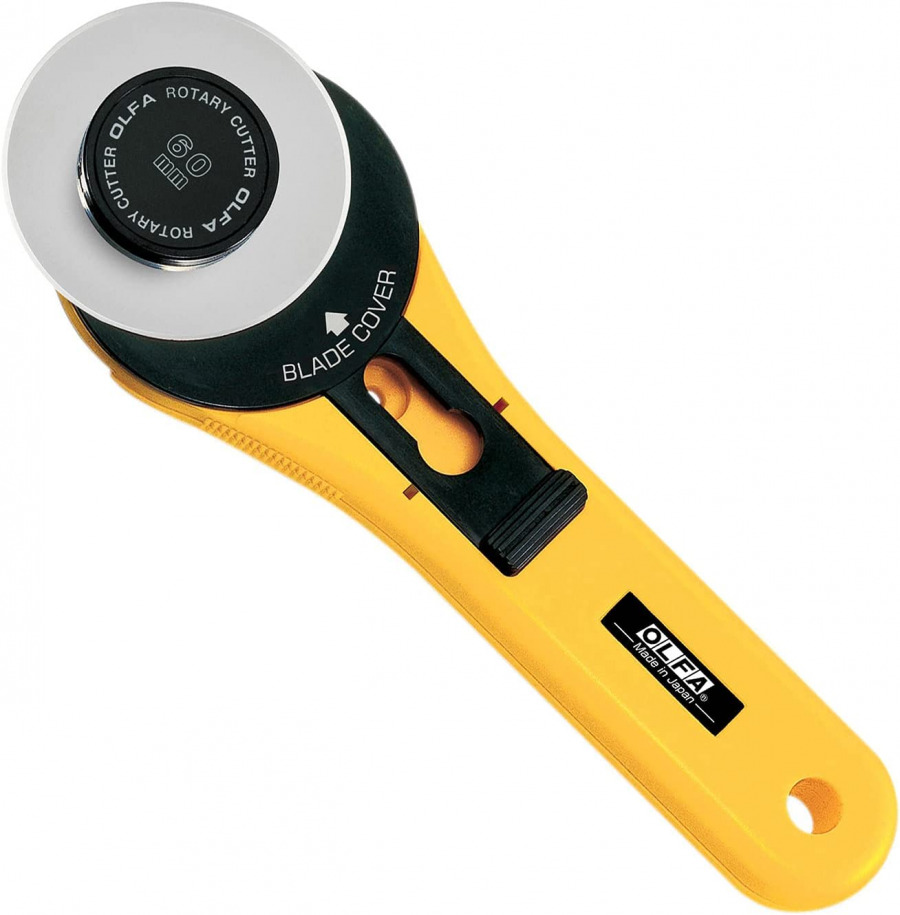
The LL type rotary cutter features a large 60mm circular blade.
It’s great for cutting through two layers of thick fabric at once, making your work quicker and easier.
Use a smaller blade for curves or detailed lines, and a larger blade for long, straight cuts — it’ll make your cutting much smoother!
| Blade Diameter | Precise Cuts | Large Cuts | Lightweight Materials | Thick Materials |
|---|---|---|---|---|
| ~18mm | ◎ | △ | ○ | × |
| 28mm | ○ | ○ | ○ | △ |
| 45mm~ | △ | ◎ | ○ | ○ |
| Material | Blade Diameter |
|---|---|
| Cotton Sheeting | 45mm |
| Canvas No.8 | 45mm *For layered fabric cutting 60mm |
| Canvas No.11 | 28mm *For layered fabric cutting 45mm |
| Linen | 45mm |
| Vinyl Sheet | 45mm |
| Habutae Silk | 28mm |
About Rotary Cutter Blades
Rotary cutter blades are extremely sharp, giving them excellent cutting performance. On the other hand, they can chip easily.
There are also various types of blades, not only in size but in shape as well.
Points to Consider When Choosing a Rotary Cutter Blade

When choosing a rotary cutter blade, make sure to select one that suits the material, thickness, and intended use.
One important point to note is that the cutter body cannot hold blades of different diameters.
Also, special blades, such as pinking or wavy blades, can only be used with certain cutter bodies.
Always check which types of blades your rotary cutter body is compatible with, and confirm the diameter size as well.
Standard Blade (Circular Blade)

This is the standard type of rotary cutter blade.
It can be used for cutting straight or curved lines and is suitable for a wide range of purposes and materials.
Perforated Blade
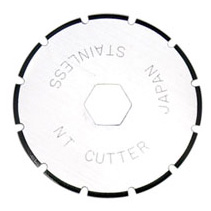
This blade creates evenly spaced perforations.
It’s perfect for cutting ticket stubs or creating tear-off lines—just roll the cutter and the perforation lines are ready!
Wave Blade
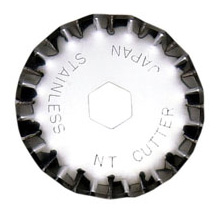
The blade has a gentle wave shape, making it ideal for decorative edges on fabric or paper in handmade projects.
Pinking Blade
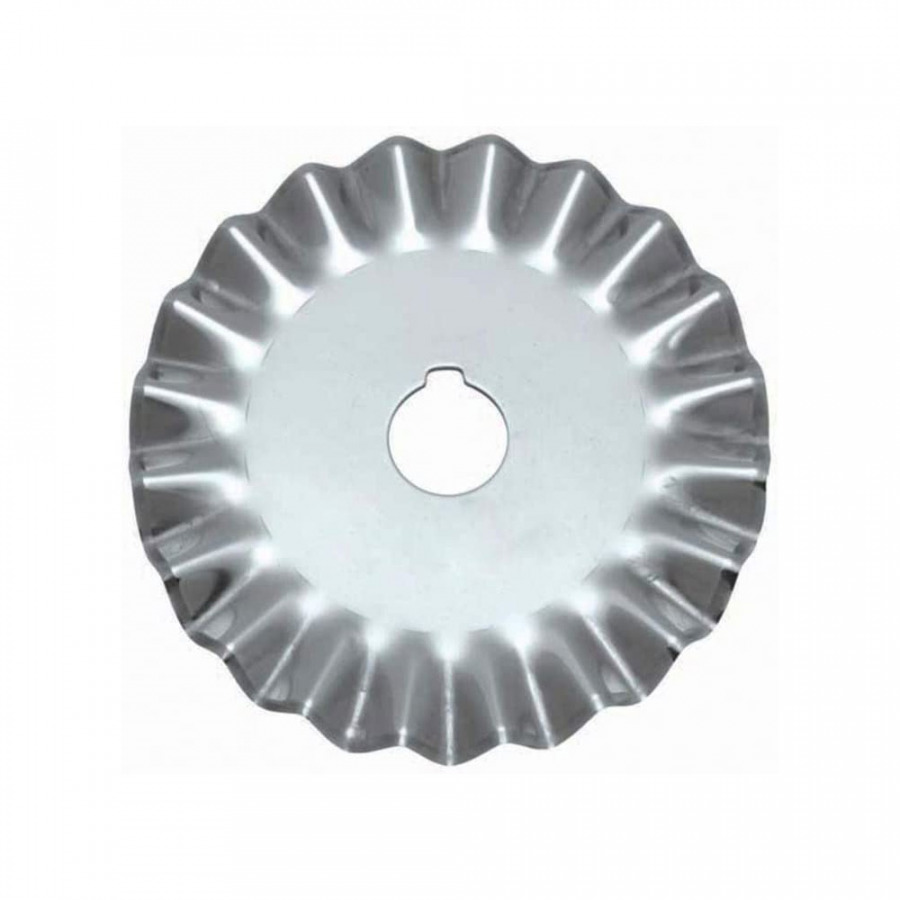
This blade has a finer zigzag shape than the wave blade.
It’s great for decorative cutting, preventing fraying on garments, or finishing edges in patchwork projects.
Chuko Onlineオンラインストアでご注文
Chuko OnlineUses of the Rotary Cutter
How to Use a Rotary Cutter #1: Cutting Fabric
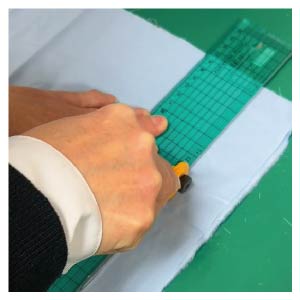
Basically, you can cut almost any type of fabric with a rotary cutter.
Just choose the blade size that matches the material you’re cutting!
When using a ruler, be sure to hold it firmly so it doesn’t slip.
How to Use a Rotary Cutter #2: Cutting Paper
Actually, you can use a rotary cutter not just for fabric, but for paper too!
For example, it’s great for cutting thick paper for cartonnage, or for clipping out newspaper and magazine articles.
How to Use a Rotary Cutter #3: Cutting Vinyl Sheet
Cutting smooth vinyl sheets is actually highly recommended! ♪
If you hold a ruler in place, you can cut straight without any slipping.
For vinyl sheets, the best blade size depends on the thickness, so don’t forget to check the material thickness and choose the right blade size!
Cutting Fabric with a Rotary Cutter!
Even if you’re not used to using a rotary cutter, once you get the hang of it, you can handle it easily!
This time, our staff member O helped us, and we tried cutting five types of fabric using O’s favorite 28mm rotary cutter.
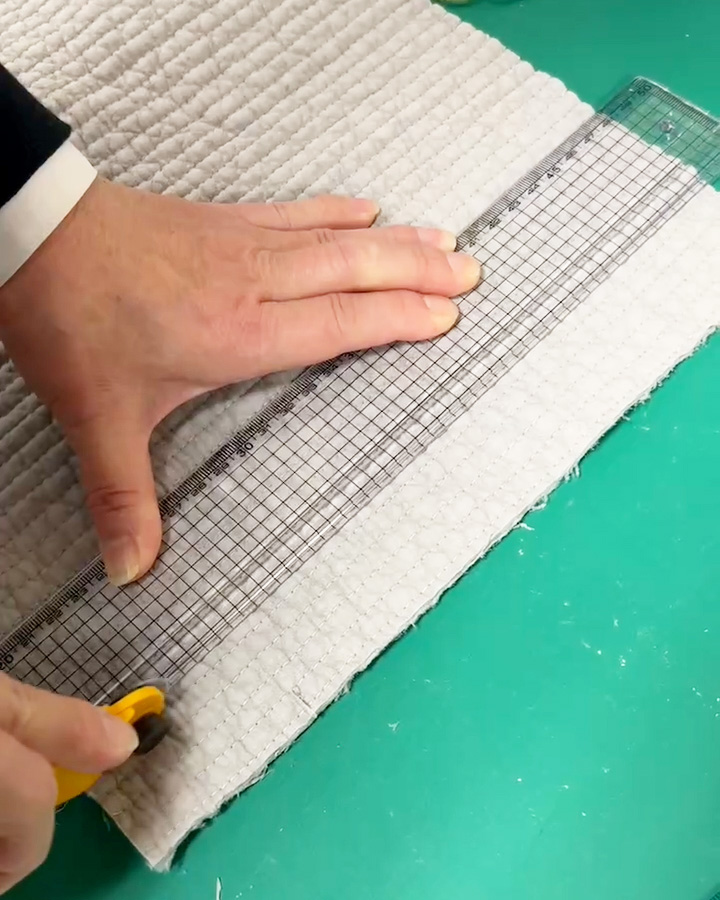
Keep the blade upright when cutting. If you tilt it, the cutting won’t be clean, and with thick fabrics, it might cut at an angle.
Also, be very careful for safety. A common mistake is placing your other hand in the direction the cutter moves to hold the fabric and ruler. The cutter can roll more than expected and accidentally cut your hand!
Blade upright, and hold the fabric with your hand away from the blade’s path! Keep these two points in mind as you cut your fabric.
Trying 5 Types of Fabric with a 28mm Rotary Cutter!
Chiffon Fabric
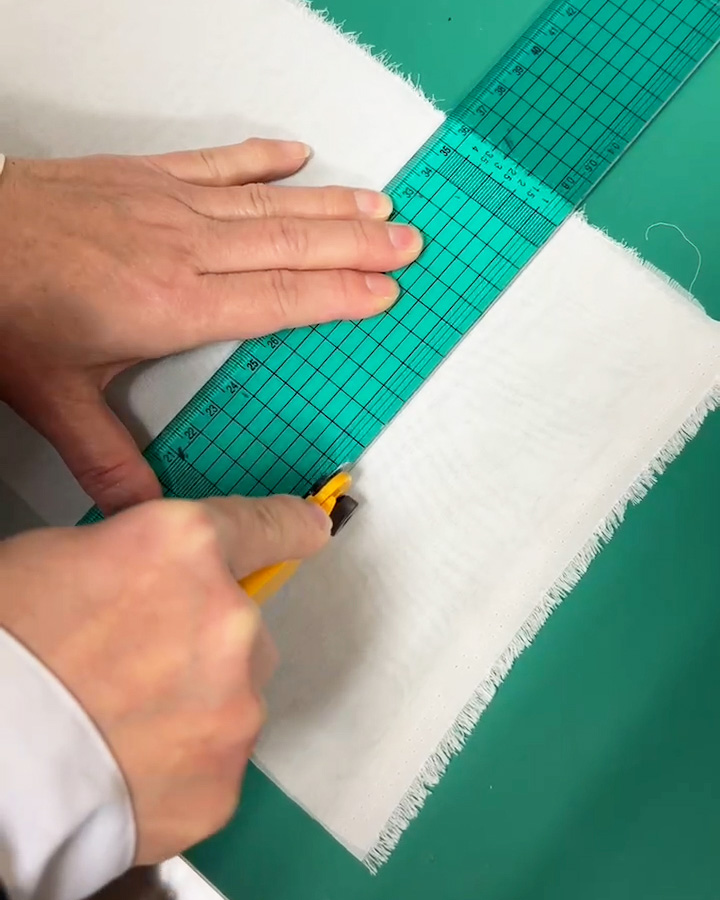
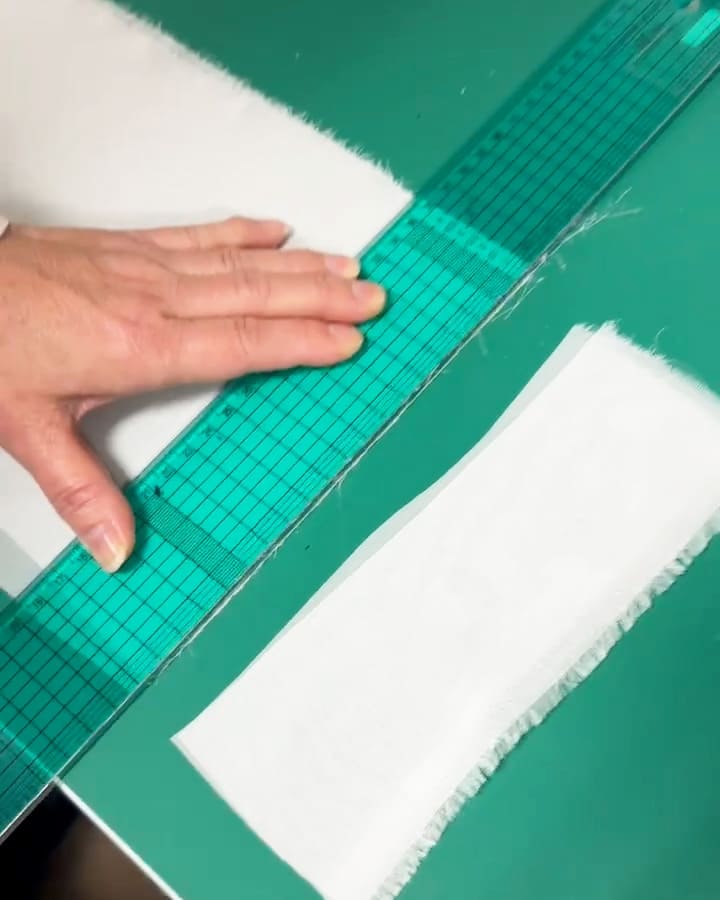
This thin, delicate chiffon cut easily with light pressure! No noticeable fraying appeared.
Chirimen Fabric

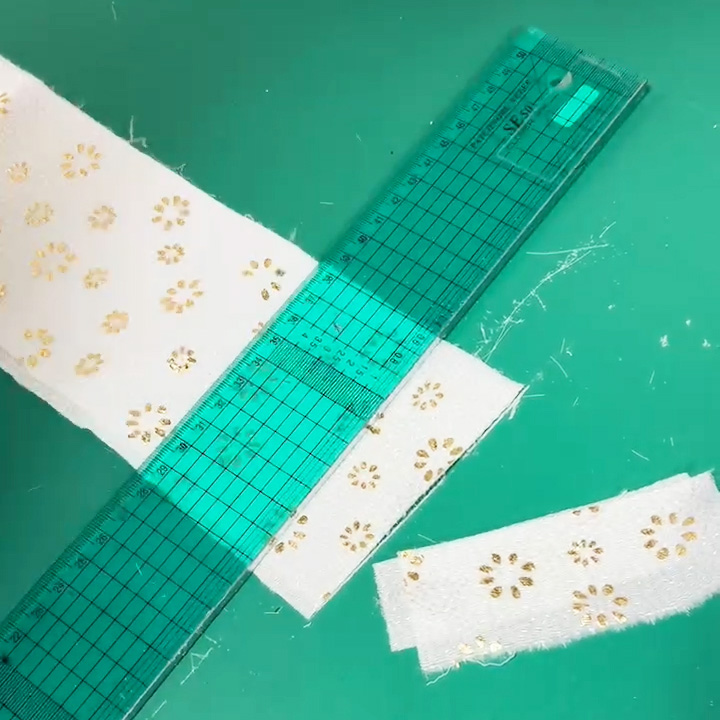
Chirimen fabric also cut cleanly◎
Actually, rotary cutters are recommended for small pieces because it’s hard to cut tiny sizes with scissors, making it perfect for tsumami-zaiku fabrics.
Sheeting Fabric

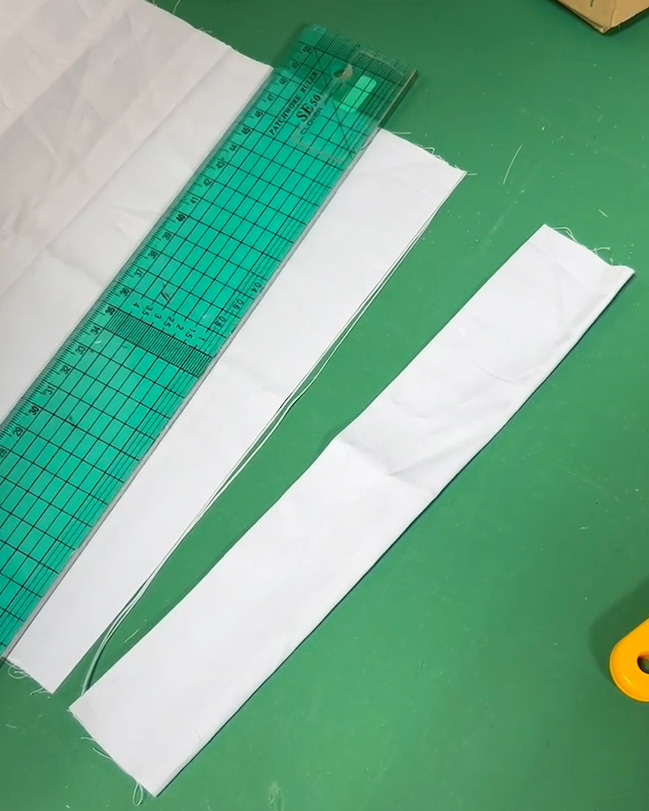
Dense sheeting fabric cut quickly just by rolling the rotary cutter!
Cotton-Linen Fabric
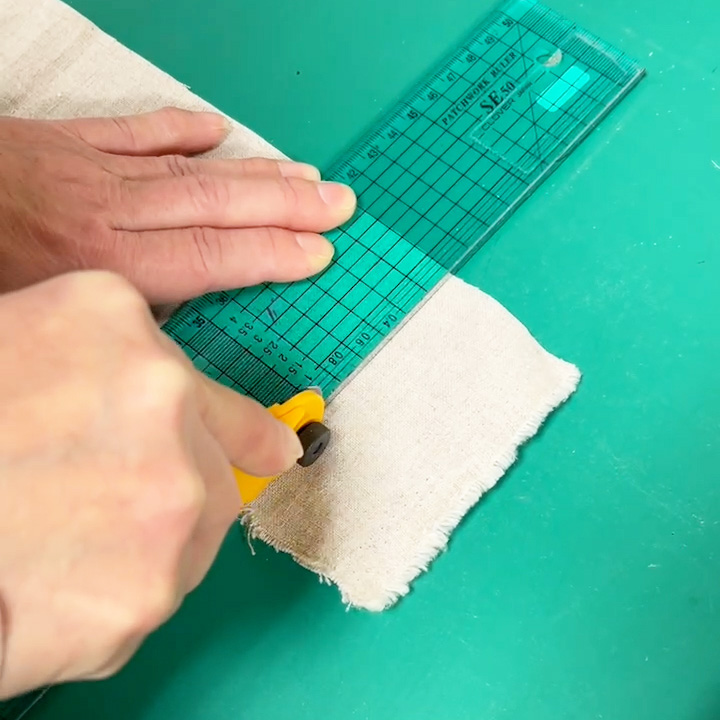
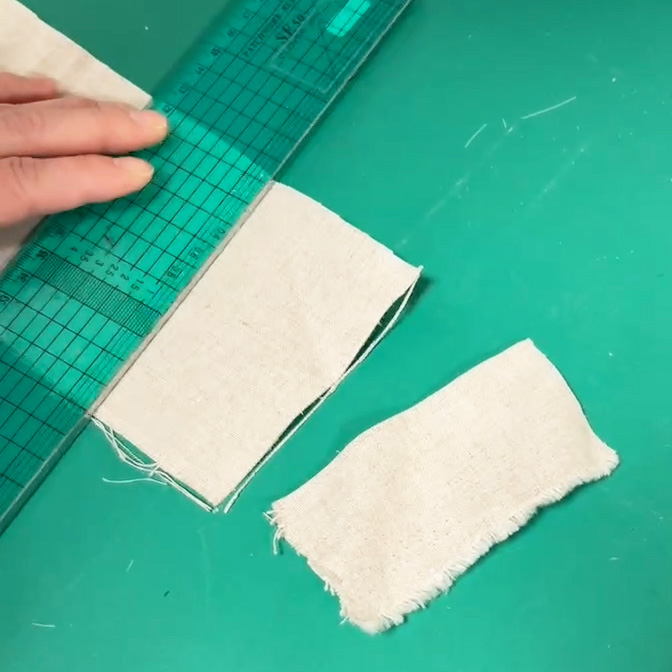
A slightly soft blend of cotton and linen, a bit floppy, cut neatly with the rotary cutter◎
Nubi Quilt


A slightly thick, padded Nubi fabric also cut beautifully with the rotary cutter! The cotton inside didn’t spill, leaving a clean edge!!
For slightly thick fabrics or when using a thick ruler, you might feel that your preferred rotary cutter size doesn’t cut easily.
In that case, use a larger rotary cutter to cut the fabric smoothly.
Tools to Use Together with a Rotary Cutter!
Cutting Mat
When using a rotary cutter, always place a cutting mat underneath to protect your table or floor from damage.
It’s best to choose the mat size based on your workspace, storage space, and the size of the projects you usually make.
If you use a cutting mat with a grid, you can easily align the fabric grain and cut neatly!
Cutting Ruler
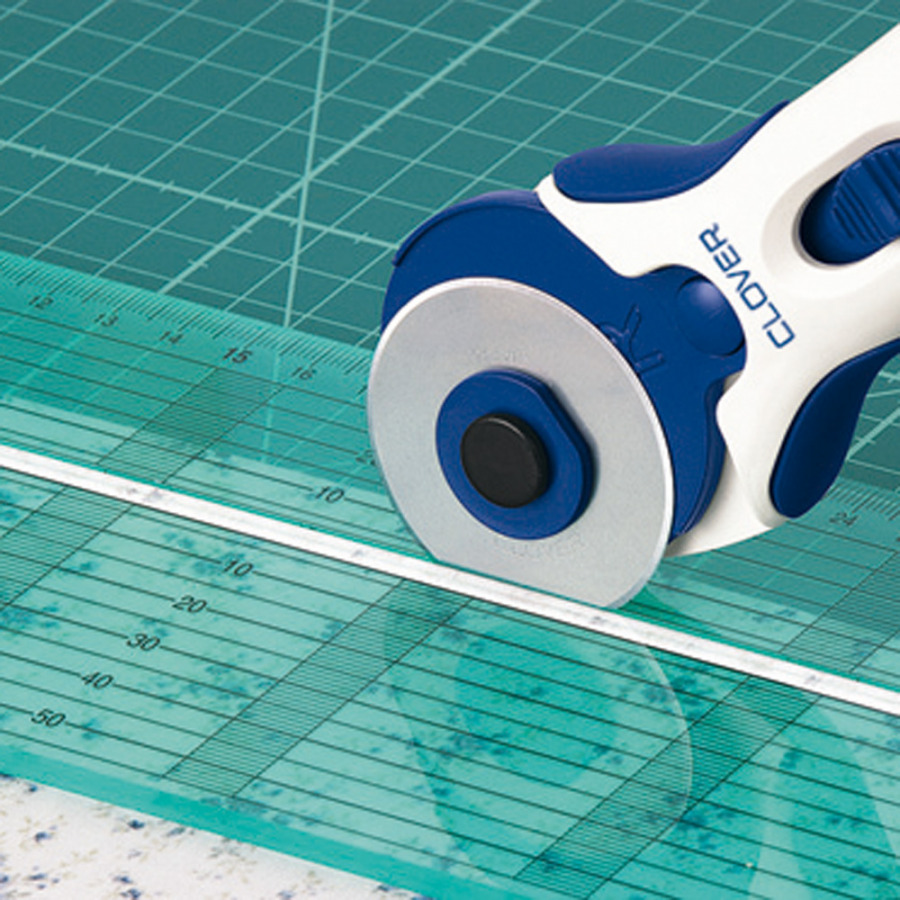
When cutting straight lines with a rotary cutter, a cutting ruler is a must!
A clear plastic ruler is safe and easy to use since it doesn’t have a metal edge.
Pattern Weights
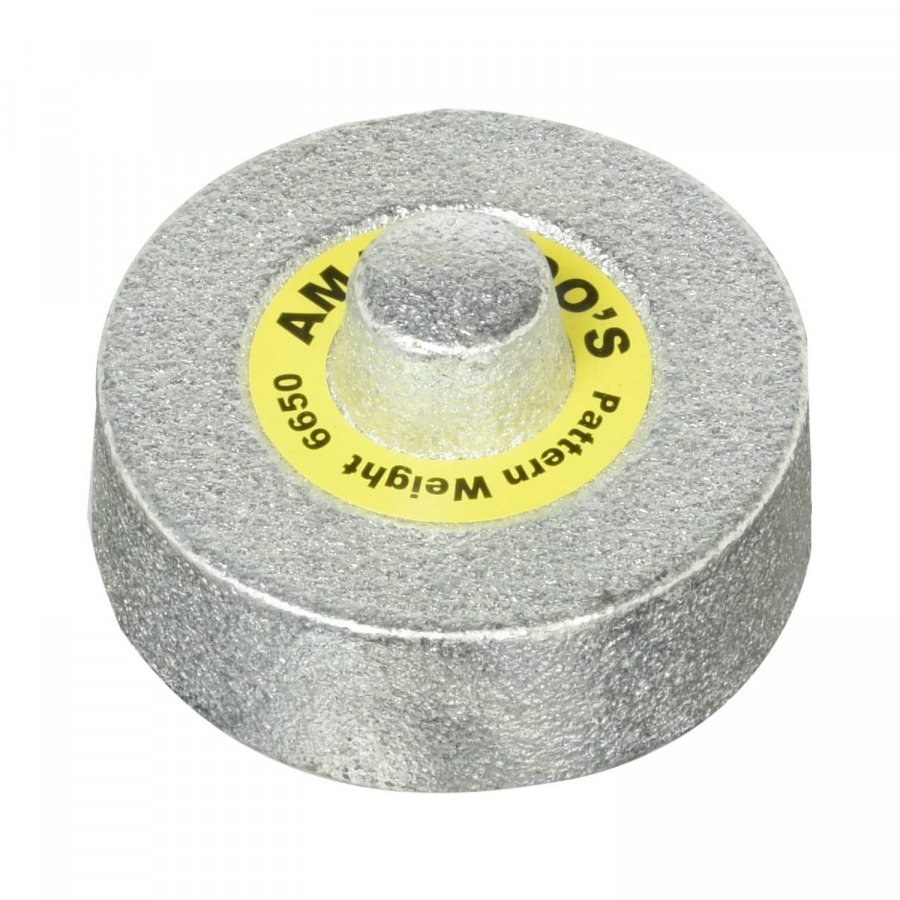
While cutting, it’s a good idea to use pattern weights to keep your fabric or pattern from slipping out of place!
Rotary Cutter Tips! Things to Keep in Mind When Using Your Rotary Cutter
How to Replace the Rotary Cutter Blade
The blade is a consumable part, so you’ll need to replace it once it starts to lose its sharpness.
If you keep using a dull blade, the fabric won’t cut cleanly — you’ll end up going over the same spot again and again, which can make the edge look messy.
If it doesn’t cut in one go or feels dull, it’s time to replace the blade!
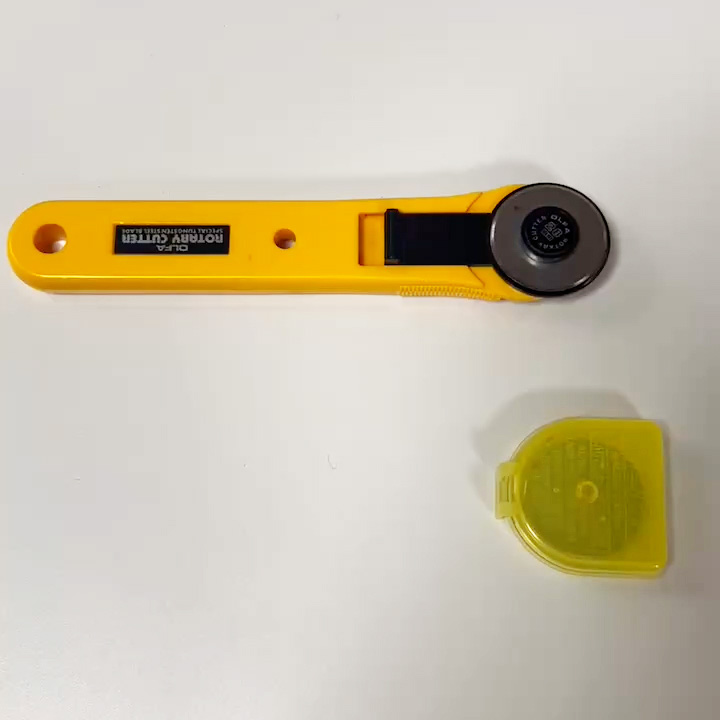
Rotary cutter blades have tiny serrations along the edge. If you try to sharpen the blade until it’s completely smooth, it actually won’t cut well anymore.
Each brand and blade size has its own replacement blades sold separately, so make sure to get one that matches your rotary cutter.
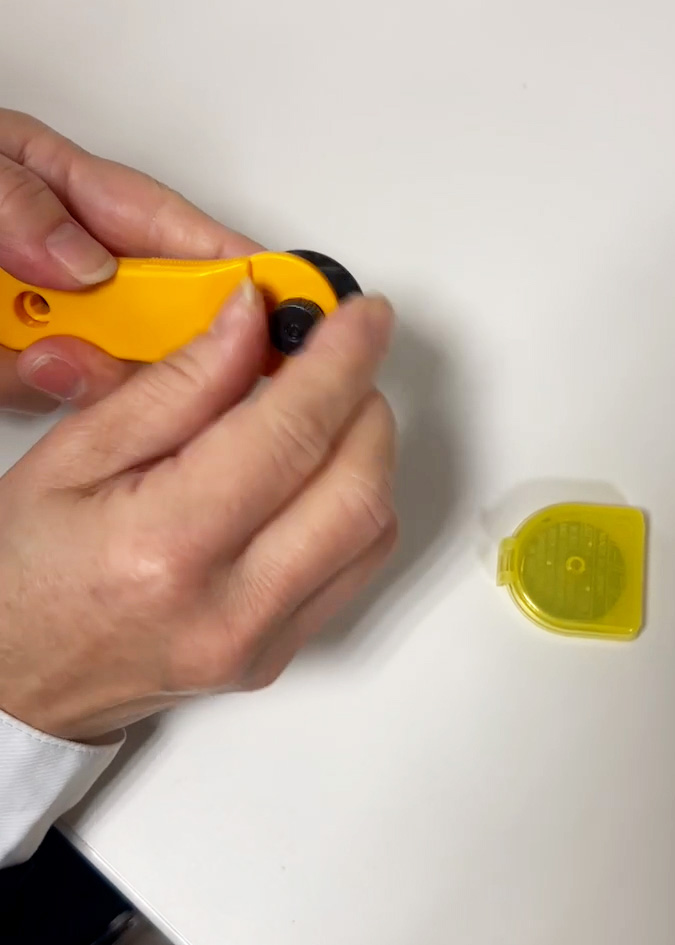

To replace the blade, loosen the screw that holds it in place and carefully remove it.
Be careful not to lose any of the screw parts!

the blade!
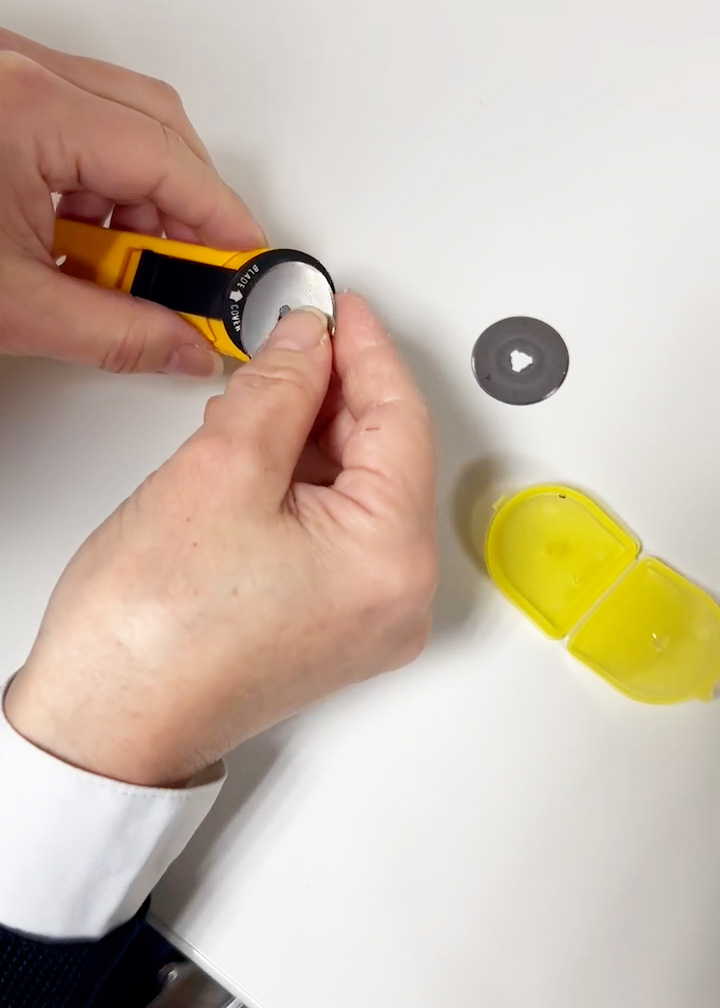
Once you’ve removed the old blade, attach the new one.
The cutting edge runs all the way around the outer circle of the blade, so handle it with care to avoid cutting your hand.
Then, tighten the screw securely so the parts don’t come loose.

The replacement process may vary slightly depending on the manufacturer, but in general, you just remove the old blade from the handle and attach the new one — it’s that simple!
Using a Rotary Cutter for Patchwork, Crafts, and Sewing
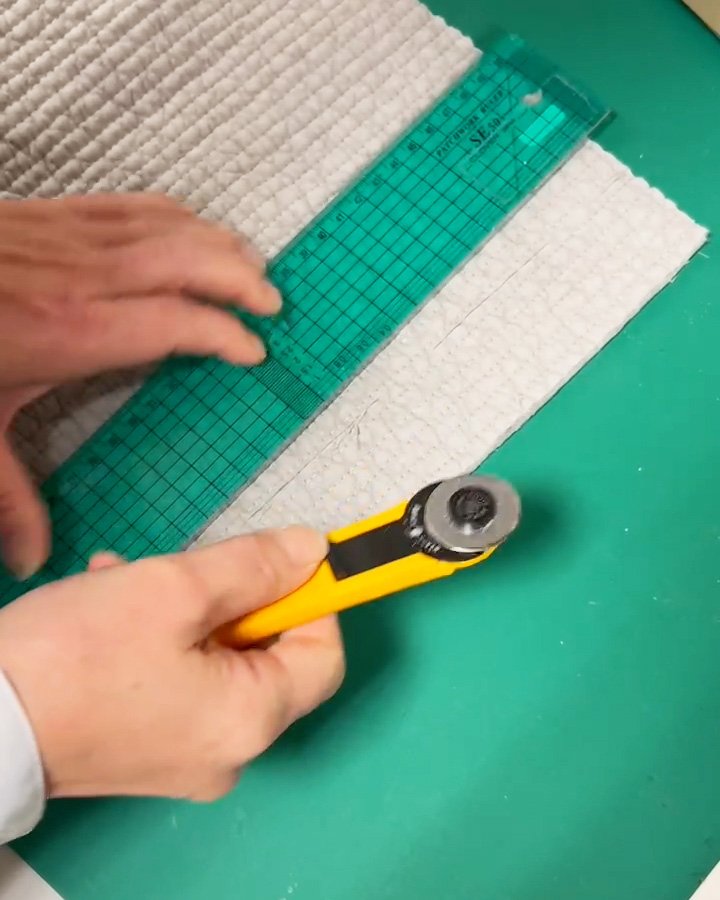
How was it?
The rotary cutter is actually a super handy and easy-to-use tool—not just for making patchwork and quilt projects, but also for many other types of crafting!
On the 4th floor, we also carry patchwork supplies and domestically produced fabrics beyond the items introduced here. If you’re visiting Osaka, please stop by!
We also share products and special offers on Instagram.
Please follow our Instagram account here!
Our Official Websites
Chuko Online: https://www.nippon-chuko.co.jp/shop
Facebook: https://www.facebook.com/nipponchuko



![TK172B オルファ[OLFA] ホビーロータリーカッター 172B (個)](https://www.nippon-chuko.co.jp/shop/html/upload/save_image/0519123103_6466ed77de409.jpg)

